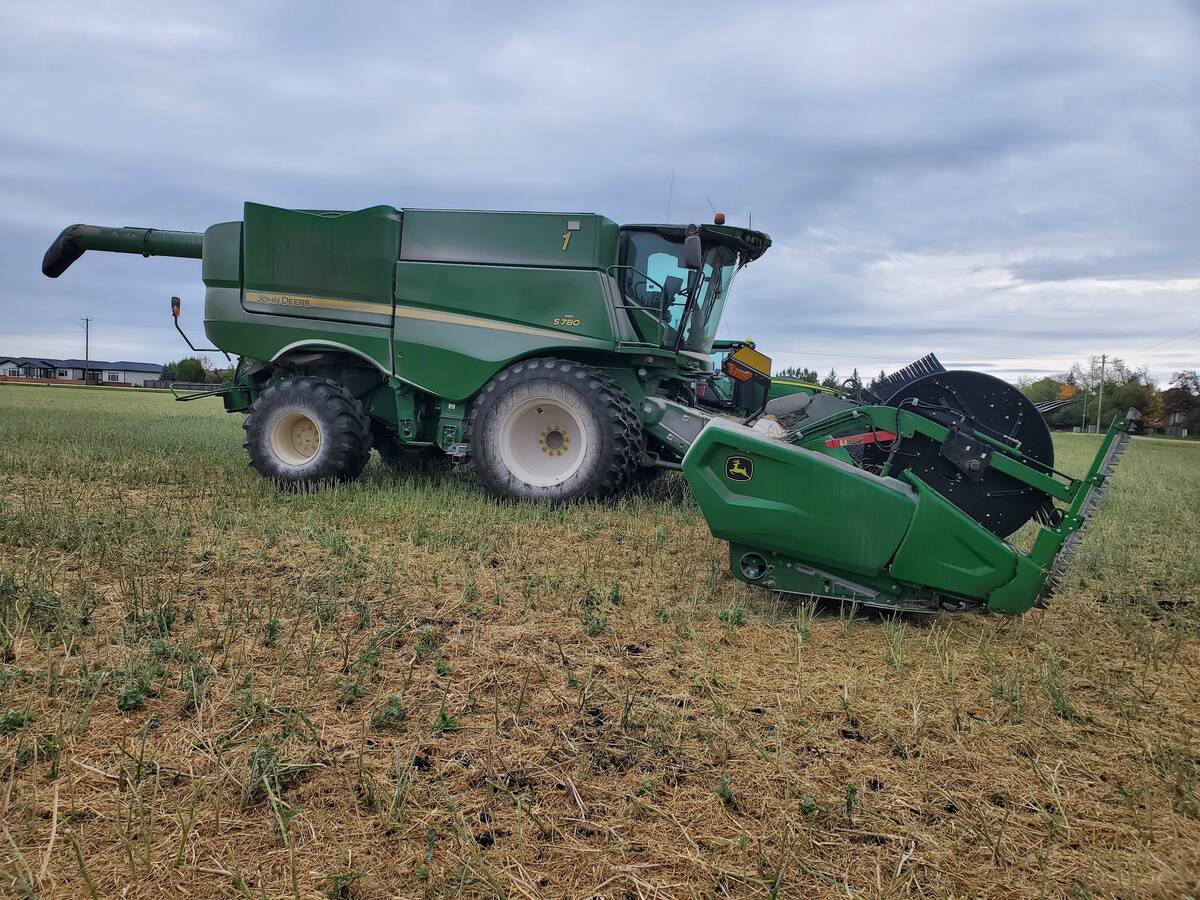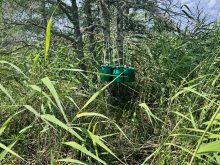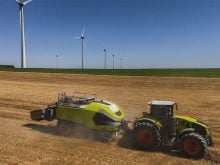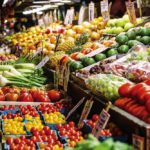Nate Horner says the agricultural sector continues to face many challenges, but he is optimistic they can be overcome
It’s been a difficult 12 months for Alberta’s agriculture sector with supply chain problems, protests against health restrictions that closed the main international border crossing and a widespread drought that parched farmland.
So far, 2022 isn’t shaping up much better with beef trade restrictions stemming from an atypical case of BSE, lingering dry conditions, a avian influenza outbreak affecting poultry flocks and war in Ukraine.
However, Alberta Agriculture Minister Nate Horner said despite recent challenges, the industry remains resilient.
“It’s been a trying year,” said Horner during an interview with The Western Producer. “But even with all that, I think there is a lot of optimism. If you can get through the fog there is a lot of people, post-COVID, that care where their food comes from and even more interested in resilient supply chains and shopping local.”
Read Also

Powdery mildew can be combine fire risk
Dust from powdery mildew can cause fires in combines.
Like every year, weather will play an important factor as to whether producers will be able to take advantage of good prices for commodities.
“We can do some great things this year but we need it to rain,” said Horner. “We need to put some grain in the bins and then Alberta is really set to do great things.”
The provincial responses to the plethora of plagues that have hampered the ag sector have come one on top of each other, said Horner.
“I think we’ve done well. It’s always dealing with the problem that is right in front of your face at the time.”
With the latest problem being bird flu, Horner said that during the first two weeks of the outbreak the province has been quick to identify infected flocks and depopulate them. Many of the affected farms have initiated federal compensation programs.
“I think we’ve done well. You just have to keep moving, keep dealing with the issue of the day,” said Horner.
Regarding compensation through the joint provincial-federal AgriRecovery program triggered by the drought, Horner said while there were initial criticisms of the speed claims were processed, “it moved at light speed compared to AgriRecovery programs in the past.”
That framework, as well as the AgriStability program, could be improved, he added, something that Alberta and the other provinces are working with the federal government to address.
Horner said he plans to be in Ottawa for discussions on that topic in the beginning of May, and also attend meetings with his Saskatchewan counterpart.
“The prairie provinces are working together to try to come up with some common-sense changes to AgriStability that we think will encourage a wider swath of producers to use it,” said Horner. “It’s a little too early to say we expect changes but at the FPT (federal, provincial, territorial) summit in June, we’ll have more to say.”
Those meetings are scheduled to take place in Saskatchewan in June.
As for the border blockade at Coutts, which stalled boxed beef and live cattle exports to the United States, Horner called it frustrating.
“We really had no levers. It was an RCMP-controlled situation.”
He said provincial officials worked with the affected agencies, including border services from both countries, the Canadian Food Inspection Agency and the U.S. Department of Agriculture.
“We worked the best we could to convene those groups to come up with on-the-fly changes.”
That included having to re-route international beef trade routes through other Alberta ports, said Horner.
Alberta’s ambitious irrigation modernization plan, which is expected to pour nearly a billion dollars into a plan to upgrade infrastructure for 10 irrigation districts, will boost the economy of southern Alberta, he said.
But that too has challenges as costs for materials rapidly rise.
As for expanding irrigation in the province beyond the South Saskatchewan River Basin to the Red Deer River, Horner said the feasibility of such a move continues to be examined.
And to help in the preparations should hot, dry conditions persist, Horner said Agriculture Financial Services Corp. has tweaked its insurance programs for producers experiencing drought.
“They made changes last year to account for extreme heat days,” he said, later adding that while there are favourable long-term forecasts, when it comes to drought “usually years like last year don’t come as singles.”
As for the nagging problem of conflicts between the oil and gas sector and agricultural producers over unpaid lease payments, Horner said the last few years have been turbulent.
The number of issues surrounding the problem has swamped the Land and Property Rights Tribunal, “and landowners don’t feel they are getting prompt responses and they don’t feel the system understands the predicament they are in,” said Horner.
It’s a problem he is hoping has a light shone on it in the coming months.
As for rural economic development as a whole, Horner said consultations with municipal leaders and stakeholders were held across the province last year. The hope is to develop an action plan to “make sure rural Alberta feels this economic recovery and actively participates in it.”
While Horner said he couldn’t go into specifics, he hopes the plan can be rolled out later this year.


















